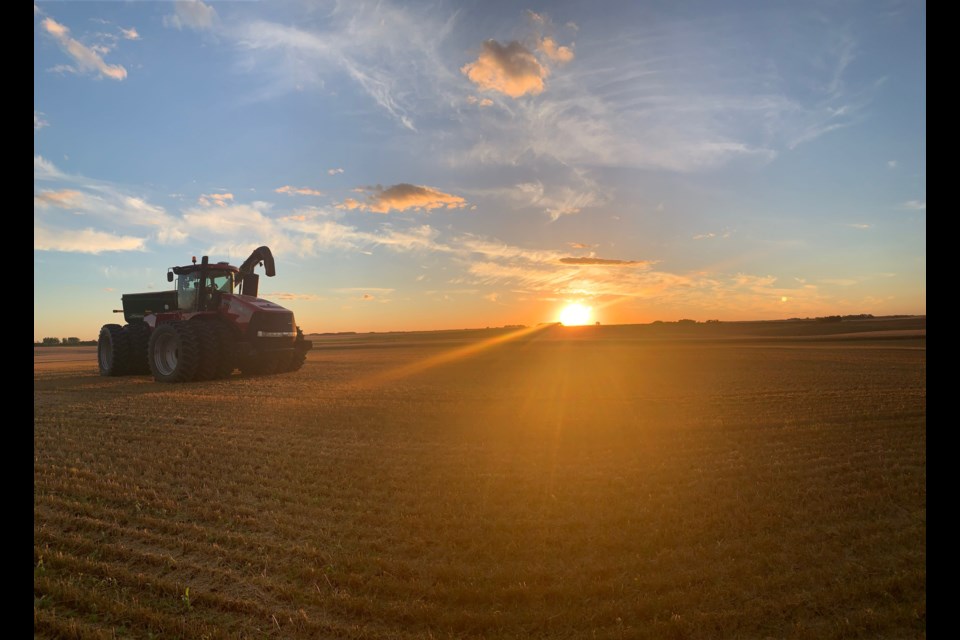The federal government has developed an online tool to help predict future drought conditions across the country, which could help farmers and producers make better decisions for their operations.
After a year of testing, Agriculture and Agri-Food Canada (AAFC) has released the Drought Outlook tool, which is the first mechanism — considered a “crystal ball” — of its kind in Canada for predicting future regional drought conditions. This new scientific modelling forecasts 30 days into the future based on AAFC’s current monthly Canadian Drought Monitor assessments and precipitation and temperature forecasts from Environment Canada.
The federal department plans to make the forecasts — developed at the start of each month — available through the national Drought Early Warning System to help inform producers and policymakers.
Droughts are Canada’s costliest natural disasters that span multiple years, so the more lead time producers have to prepare and plan, the better they can react and help lessen financial and environmental concerns, said Trevor Hadwen, an agroclimate specialist who helped develop the Drought Outlook tool.
Many parts of Canada are currently experiencing drought conditions since it was a dry winter and spring, he continued. Large sections of Saskatchewan and Manitoba are in a drought, while some areas of Ontario and British Columbia are also drier than normal.
As of May 28, the Drought Outlook tool showed that the Moose Jaw area was experiencing moderate drought. In comparison, Brandon, Man., was seeing exceptional drought.
“Somewhere in Canada, there’s usually drought every year, so we certainly monitor that with our Canadian Drought Monitor on a monthly basis. But we really, up until now, didn’t have a good way to predict how drought will progress into the summer or the future … ,” said Hadwen.
AAFC worked with Environment Canada for three years to develop this Drought Outlook tool, including the methodology, the available data, the types of tools available, and the programming so the program could make predictions.
By combining everything, this new tool will create drought indices that can be compared to the past and inform scientists in the present about current drought conditions.
“It is a fairly complex process … ,” Hadwen added.
There is some skepticism with any long-range forecast since such predictions are less accurate the farther into the future it goes, he acknowledged. However, this new tool isn’t looking at predicting how much rain will fall in a month. Instead, by using modelling and trends, it looks at whether there will be more or less rain than normal and then relating back to the current conditions.
More than three weeks after the Drought Outlook tool made its predictions for June, some areas in Saskatchewan along the Canada-U.S. border are seeing some improvements, said Hadwen. However, soil and crop conditions have not improved in some areas of Saskatchewan and Manitoba, which means they still see water supply problems, pasture concerns, and feed issues.
This tool will be useful to producers and farmers based on the time of year, he continued. Farmers can use the tool when preparing for spring planting, while producers with cattle will have to decide — if there’s no rain in the forecast — to cut down their herds, haul in more feed, or bring in additional water rations.
“This is not (a be-all), end-all product,” added Hadwen. “This is an initial step in Canada. It’s never been done in Canada before for drought monitoring and drought forecasting, so we’re learning a lot in terms of how we’re applying for forecast … . We’re always looking for feedback and comments from producers.”




